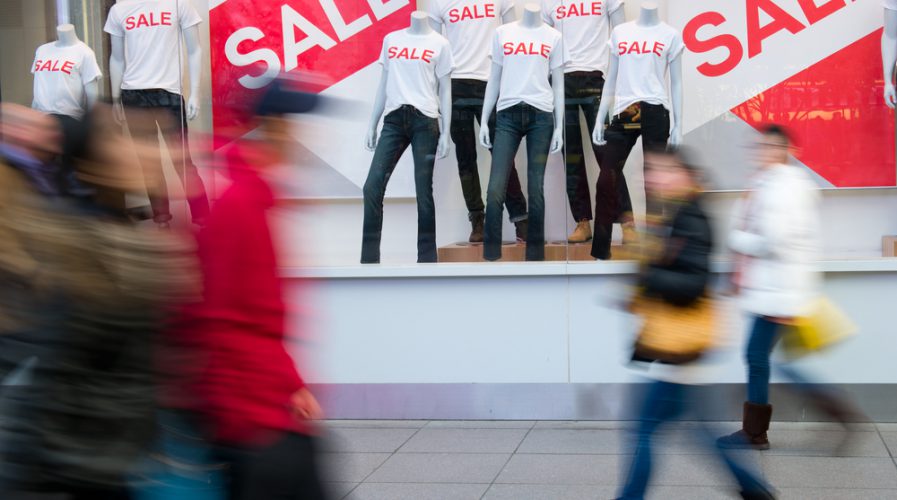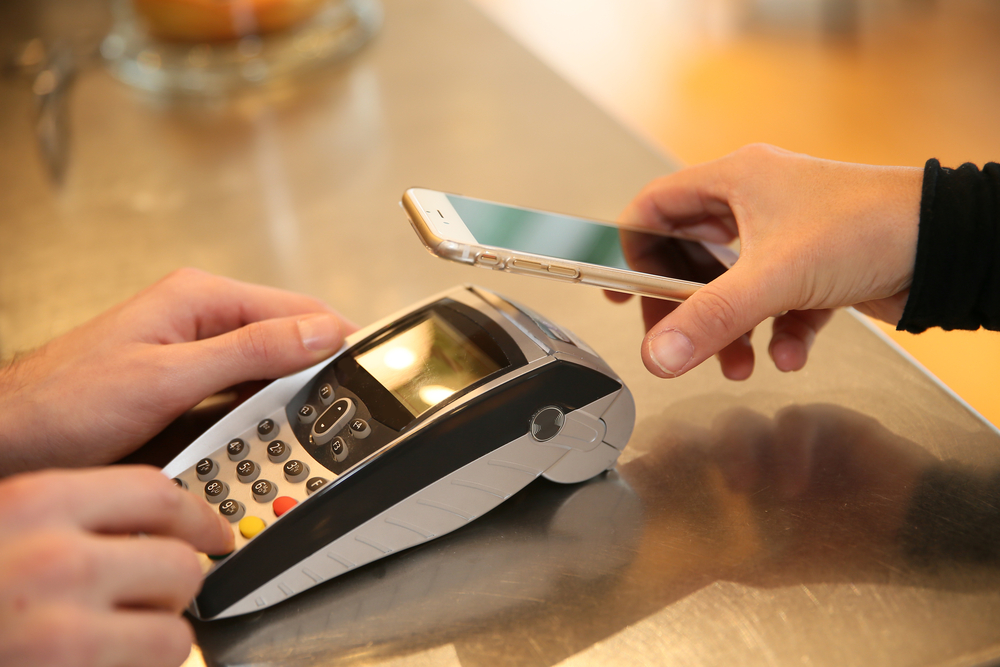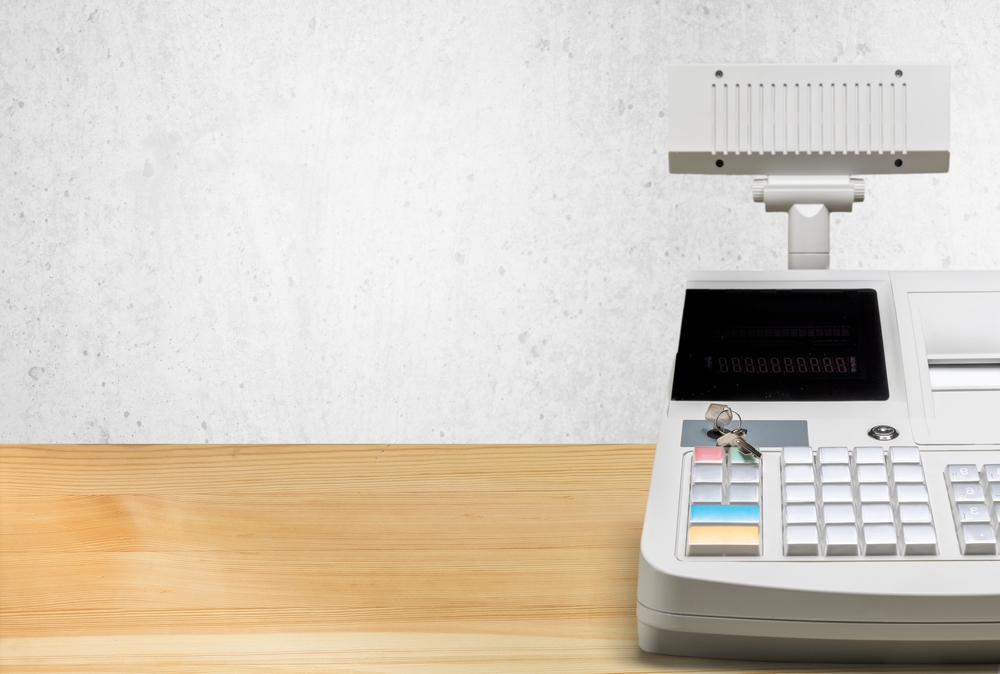
Retail businesses must make the point of sale a smoother experience. Pic: hxdbzxy
Optimizing retail workflow: Why your POS should do more than just ring up tabs
IF the recent holiday sales events are any indication, retail is undergoing a major shift toward e-commerce, particularly mobile. For Black Friday, both Amazon and Walmart offered deals exclusive to mobile app users, which drove both app downloads and mobile purchases. Mobile also drove retail visits during the preceding Thanksgiving holiday rush.
A third of Black Friday’s US$3 billion online sales came from mobile devices, with Amazon, Walmart, and Target all reporting an increase compared to last year. Chinese e-commerce giant Alibaba generated almost $18 billion in its Singles’ Day event with 70 percent of that coming from mobile.
However, while digital commerce continues to grow, there is still no discounting the importance of physical presence. Older demographics still value face-to-face interactions when shopping. Brick-and-mortar also owns impulse buying, attracting attention through displays and sales.
The trend is going toward how retail players will maximize the applications of insights and technologies from both physical and electronic commerce in order to create a superior shopping experience. This means that seemingly innocuous shopping implements like shelves, carts, and checkout counters will soon undergo makeovers.
68% of consumers prefer retailers with a physical store coupled with both e-commerce & mobile app: https://t.co/fLZd9fTJN5 via @RitaMariniS pic.twitter.com/4KwtRWHhvT
— SAP Hybris (@SAPHybris) December 24, 2016
Thus, even while mobile devices an integral part of people’s lives today, there’s no shortage of new technologies for brick-and-mortar. Now we’re seeing devices like wireless beacons that can track shopper movements and push notifications. There are smart signages and virtual reality kiosks. Then, there’s the checkout counter.
Re-imagining the checkout process

Pic: ESB Professional/Shutterstock
The checkout process – both in the physical and electronic sense – is one of the biggest sources of frustration for customers. People hate lines, and Black Friday mobs are notorious for injuries and even deaths. Meanwhile, a complicated checkout process is cited as a top reason for cart abandonment for e-commerce.
Technologies such as connected cash registers, barcode scanners and cashless systems are all meant to help move people faster to the exit. Even credit card companies have jumped into the faster checkout bandwagon through smart RF chips. Smartphone and mobile platforms are encouraging one-tap payments through digital wallets like Apple Pay and Android Pay.
Meanwhile, some technologies play on the psychology of waiting. Some attempt to make the checkout process more bearable through targeted content. Smart signages can be used to show useful videos, like tips and how-tos alongside advertisements. These technologies cut the perceived wait time, much like how an elevator door’s mirror finish can distract you from waiting too long for an elevator to arrive.
One particularly interesting case is Amazon, which recently announced its Amazon Go grocery store.
With the goal of getting rid of lines and payments, the store uses sensors and tech similar to driverless cars to track products coming off the shelves. Shoppers just need to get items from the shelves, walk out, and just be electronically billed for the products they brought out. So far, it’s only available for Amazon employees, but it’s exciting to know how well the concept will do.
How your POS can bridge the channel divide

Pic: Billion Photos/Shutterstock
For small businesses, does this mean that you have to be a billion-dollar tech giant to participate in omni-channel retail? No. There is plenty of technology that you can integrate affordably and easily into your setup. Take your point of sale (POS) system. If it’s just simply functioning as a cash register, then you are missing out on the many benefits of connected technologies.
POS systems should in the very least do the following:
- Payments: Let customers pay for their items upon checkout through a variety of payment options like cash, cards, and even vouchers
Pricing and discounts: Allows you to set prices for items in your inventory
Security: Has strict administration to prevent tampering and theft, plus an audit trail to see who has to be accountable in case of discrepancies
Accounting: The system links to your accounting system or software and can automatically compute for tax rates especially if doing interstate transactions.
Inventory: Each checked out item subtracts from your inventory so that you can know your stock availability and movement in real-time.
Analytics: Provides you with insights like which products sell well and what types of payment methods are preferred.
SEE ALSO: The time is now: Matteo Sutto on why SEA’s e-commerce landscape is perfect for iPrice
POS systems can also have customer-oriented features. Cloud-based POS systems like Vend have added functionalities that allow better interactions with the customer during checkout:
- Customer facing display: Lets customers see the transaction in real time and can even allow customer input for marketing campaigns and loyalty programs
Express checkout: Can process newer payment methods like contactless cards and digital wallets for faster checkout
Loyalty programs: Can credit points towards a customer’s loyalty account based on each transaction and records information in your client database
Integration: With business also implementing solutions for other business processes, you POS can be integrated with the other software like Xero and QuickBooks
These new POS systems also break the mold of the cash register, since you can now use a variety of hardware to function as such. For a trendier approach, you can now even use tablets with paired scanners to process payments – meaning you can even be more flexible in processing checkouts, as opposed to your typical checkout counter. These functionalities can help you provide customers a better omni-channel experience.
Optimizing the business side

Pic: ESB Professional/Shutterstock
Implementing technology shouldn’t just be for your customer’s convenience. It should be for yours, too.
Your POS system can actually cover quite a lot of your sales processes, and choosing one that automates your retail workflow can have a major impact to your business.
For instance, cloud-based POS systems can now consolidate your inventory across your physical and online channels. This way, you need not worry about fussing over separate inventories for each channel.
This goes beyond retail. Those in the restaurant or hospitality business, for instance, can integrate with ordering services like Mobi2Go, which lets customers order directly from the web or mobile and then pay through a connected payment system. Such features can cut wait times for busy customers.
Integrations can even speed things up for you. If your POS integrates with your accounting software, then you may not have to worry about manually tabulating entries in your books. Vend, for one, can even integrate with employee tasking tools like Deputy so you can better schedule your staff’s availability given your sales data. Your employees can even be notified about their schedules or shifts through mobile. Omni-channel also applies to the business end!
SEE ALSO: How an omni-channel approach can innovate the brick and mortar retail experience
Summing up
We can now see how mobile is changing the face of retail. It has made such an impact on consumer behavior that businesses would do well to these changes. Thus, implementing omni-channel strategies in retail has become a must for both physical and online stores.
With such platforms now accessible and easily available, businesses have all the reason to be more creative in reimagining the experience they provide for customers. Even the innocuous POS can be extended to provide a more immersive and engaging experience for customers.
The key takeaway here is that businesses will need to adopt comprehensive solutions that better engage customers and in turn streamline processes and workflows.
READ MORE
- Ethical AI: The renewed importance of safeguarding data and customer privacy in Generative AI applications
- How Japan balances AI-driven opportunities with cybersecurity needs
- Deploying SASE: Benchmarking your approach
- Insurance everywhere all at once: the digital transformation of the APAC insurance industry
- Google parent Alphabet eyes HubSpot: A potential acquisition shaping the future of CRM
